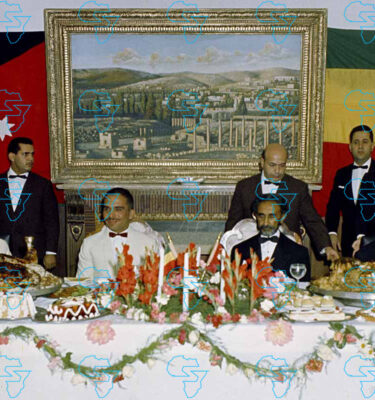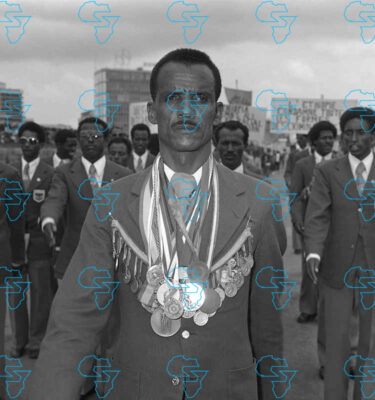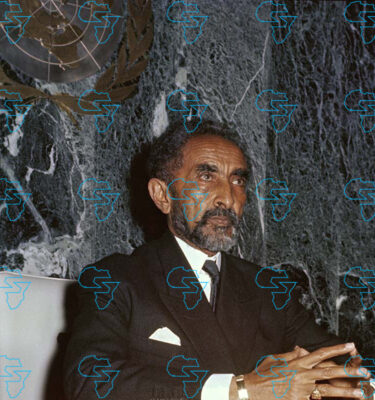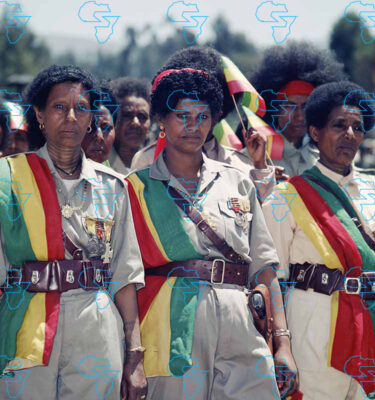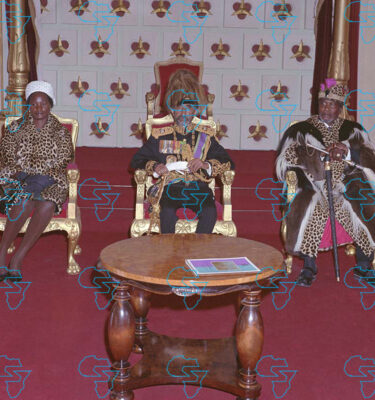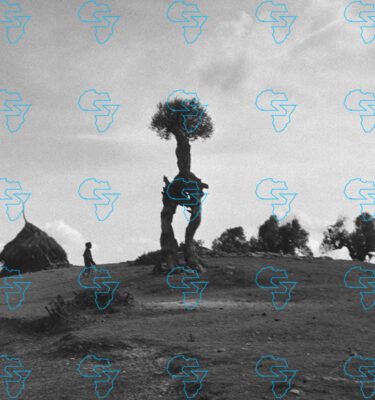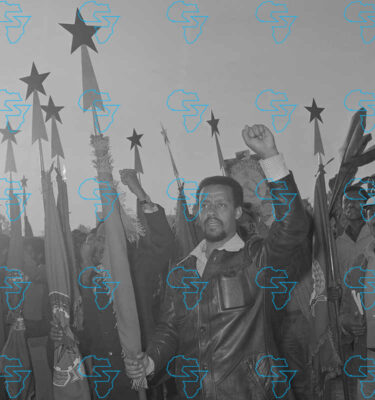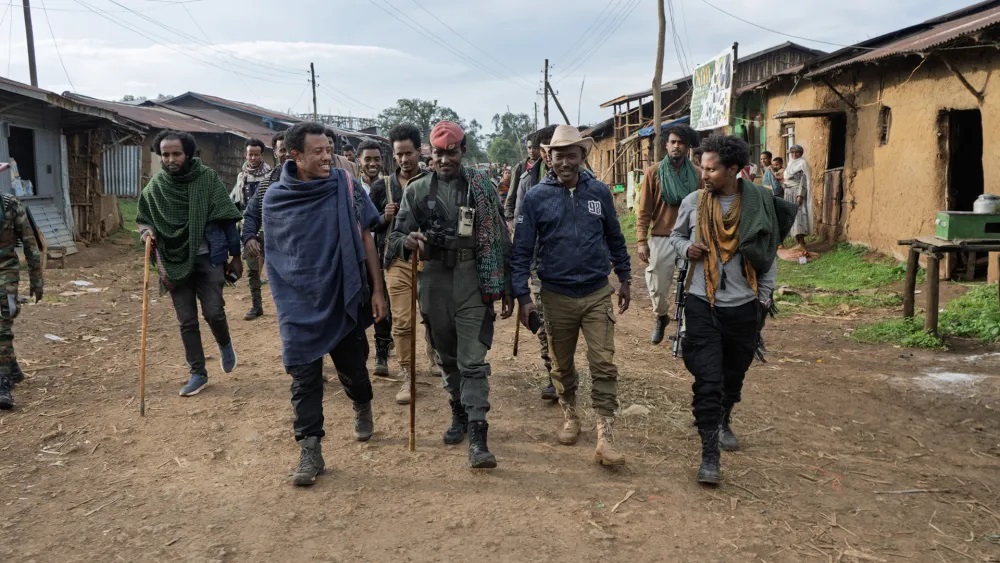
For the past 20 months, Ethiopia’s Amhara region has been torn apart by a bloody conflict between federal forces and a coalition of militia known as Fano, who demand full Amhara control of all territory they regard as part of their homeland.
It’s a war in which the Ethiopian National Defense Force (ENDF) has been accused of extreme human rights abuses, and indiscriminate drone strikes by the military have killed hundreds of civilians.
The conflict is largely waged in the rural highlands, but Fano has also managed to penetrate urban areas – raids that have triggered a violent response by the security forces.
A woman who runs a small coffee stand in the regional capital, Bahir Dar – who asked not to be named for her personal safety – said her brother, a tuk-tuk taxi driver, was one such casualty. He had been on the streets when Fano launched a night-time attack on 26 August.
“The police detained him as a suspect,” she told The New Humanitarian. “They wouldn’t let me see him. The next morning, friends found his body on the street. He had been shot in the head and hip and was covered in bruises.
Human rights groups have accused the Ethiopian authorities of extrajudicial killings, mass arrestsand attacks on schools and hospitals.
In the widening violence, more than 5,000 women have sought medical treatment after sexual abuse, a fraction of the real toll, notes the Forum for Higher Education Institutionsa coalition of Ethiopian civil society groups and universities.
“The violence is having an immediate [humanitarian] impact,” Laetitia Bader, deputy director of Human Rights Watch Africa, told The New Humanitarian. “Employees are fleeing the region, supplies have a hard time making it to hospitals, and civilians are too scared to go for treatment.”
Humanitarian workers are not exempt from the unrest. Six have been reportedly killedand 11 kidnapped by unidentified criminal groups in the growing chaos. On UN access maps, virtually the whole of Amhara is deemed at-risk – undermining the aid response to drought and displacement.
“Ongoing security threats threaten [the World Food Programme’s] ability to support almost half a million vulnerable people in the region,” said a WFP spokesperson, who asked not to be named.
On the front lines of the insurgency
Last month, The New Humanitarian visited Gojjam in southern Amhara, one of the centres of the Fano rebellion. It provided a rare close-up look at the unfolding insurgency – and the impact of the violence on people’s lives.
The name “Fano” loosely translates as freedom fighter, and stretches back to the successful campaign by a volunteer army against the Italian fascist occupation of Ethiopia in the 1930s. The Fano of today are an ethno-nationalist group that claims to represent the Amhara, Ethiopia’s second-biggest community, and seem to have widespread popular support.
Asres Mare Damte is the deputy chairman of Fano Gojjam, the largest and most influential of two factions operating in the southern region. “We are fighting for our survival,” the former lawyer said. “For the last 28 months, I have been in the jungle struggling for my people.”
The New Humanitarian spoke to many rural people who see Fano as their protection against the ENDF. “We can move around freely and work without worry,” said a civil servant. “If Fano leaves, I could die – just because I am speaking to you now.”
Support can go beyond sentiment. A farmer said he and his local community had raised enough money to buy 10 machine guns from Sudan for Fano. “I hope they never leave,” he added. “We want them here.”
Fano has resisted repeated pushes by the ENDF. There has also been an increasing number of strikes by Ethiopia’s Turkish and Chinese-made drones, which in the past year have reportedly killed more than 300 civilians. Some Amahara civic groups claim the real death toll is far higher.
The New Humanitarian witnessed the consequences of one of those strikes in the town of Afessa. A drone hit the grounds of the local high school on 18 October, just hours before this reporter got there.
Dead livestock lay scattered around the impact crater, and flies and street dogs – tearing at the carcasses – seemed to have taken over the compound. Among the casualties were two Fano fighters, but also four children – the youngest just seven years old. At least eight other civilians were injured, some critically.
The town, close to what could roughly be termed the “front line”, seemed to hold no strategic importance. Two Fano units, consisting of dozens of fighters, had been present in the school compound but had left before the drone arrived. Fano had retaken control of Daghi, a nearby town, the day before. The belief was that this was a revenge attack.
The wounded were treated in a cramped, poorly lit mud-and-straw house. Fear of another strike prevented them from being transported to the local health post.
“Some are in terrible shape,” said a civilian doctor, who asked not to be named, wiping the sweat from his forehead. “A woman has a fractured back and skull, and a man has lost too much blood. They need to get to a real hospital, but the roads are bad, and ambulances are targeted by drones.”
Soldiers have beaten, arbitrarily arrested, and intimidated medical professionals for treating patients suspected of being Fano, according to a report by Human Rights Watch. Hospitals have also been raided and ambulances attacked.
Why rebellion has taken root
The Amhara have historically dominated economic, cultural, and political life in Ethiopia: Ethno-nationalists see their community as the embodiment of “Ethiopianness”.
The stated goal of the insurgency is to end the “oppression” of the Amhara, and the “balkanisation” of Ethiopia under the current federal constitution, which divides the country into 12 states based on language and ethnicity. But critics suspect Fano’s approach is an attempt to restore Amhara dominance under the guise of national unity.
The movement grew out of the mass protests of 2016-2018 against the former federal government led by the Tigray People’s Liberation Front (TPLF). Many of Fano’s current leaders – mostly young professionals – were detained during the unrest and later released by Ethiopia’s current prime minister, Abiy Ahmed, who came to power in April 2018.
Fano volunteers, along with Amhara regional paramilitary special forces, fought alongside the federal government during the Tigray war in 2020 against the TPLF. The conflict allowed Fano to expand – attracting new members and improving their military capabilities.
Fano’s focus was on western and southern Tigray, two disputed territories. Under Ethiopia’s current territorial arrangement they are part of Tigray, but are also claimed by the Amhara, who call them Welkait and Raya.
Fano ethnically cleansed both areas during the two-year war, their extreme violence forcing hundreds of thousands of Tigrayans to flee.
Asres, however, distanced himself from those actions. “We were not organised as a group then,” he said. “You cannot put the responsibility of that on the current Fano organisation.”
A peace agreement reached in Pretoria in 2022 between the government and the TPLF ended the fighting, but Amhara forces did not sign. The deal is vague on the future of the disputed regions, which is currently governed as a new zone of the Amhara region. That they could be returned to Tigray as part of a future settlement is anathema for many in Amhara.
After Pretoria, the distrust deepened. In 2023, the federal government called for the disbandment of all regional special forces and their absorption into the ENDF. Many Amhara believed the edict would leave them defenceless against what they viewed as security threats from the rival regions of Tigray and Oromia. A sizable number of former special forces left for the bush where they joined Fano.
Amhara anger with the government in Addis Ababa escalated into confrontation between Fano and regional forces. By July, major cities were under attack and the regional government requested federal help. The ENDF restored order the next month, but there were many civilian casualties in the process.
Fano has since grown into a more effective guerrilla force. Between July and Septemberattacks on the ENDF tripled compared to the previous year – despite Addis Ababa drafting in fresh troops and equipment.
According to Fano, they control over 80% of Amhara, with the government only holding the main towns, and most of the highways. Government troops have also defected – or surrendered – in significant numbers. At least 30% of the Fano soldiers The New Humanitarian spoke to were former ENDF or Amhara regional forces.
“They say they’ve deployed 30,000 additional soldiers, but we’ve seen no difference,” said Asres. His regret, he noted, is the drone strikes: “We take responsibility for failing to protect our people during these attacks.”
The politicisation of ethnicity
The regional government’s call for help from Addis Ababa has increased Fano’s legitimacy as the “people’s protector”, said Amanuel Gedebo, an Ethiopian analyst with the Dutch think-tank Clingendael.
“[They] are seen as the ones who brought in the army to fight Fano,” said Gedebo. “So they are seen as playing second fiddle to the federal government, and being complicit in the human rights violations.”
There is much talk in Amhara of “genocide” – a reference, in particular, to the ethnic killings in the neighbouring Oromia region and the border area of Benishangul-Gumuz, where minority Amhara communities have been targeted.
Other ethnic groups in Ethiopia do not recognise the image of the Amhara as being marginalised under the current federal constitution. Joe Siegle, at the Washington-based Africa Center for Strategic Studies, says many communities in Ethiopia push a narrative of being disadvantaged as a way of politicising ethnicity.
“Ultimately, this is about regional leaders who refuse to relinquish power,” he told The New Humanitarian. “Abiy wants to centralise power, which would mean disbanding regional forces, but they refuse to put down their arms and join the national army.”
Ethnic violence against the Amhara has occurred in border areas – usually over land – but Siegle sees the genocide tag as a way for Fano to legitimise its actions. “Ethiopia’s ethnic federal system only fuels these narratives,” he added.
Both Abiy and Fano are calling for a new constitution. But in Abiy’s case, his critics say the goal is to take power from the regions and concentrate it in Addis Ababa. In Amhara, the prime minister is considered an Oromo nationalist due to his part Oromo heritage.
Although all Fano groups agree that the constitution needs to change, there are differences over what that would ultimately look like. “We can only decide on a new constitution together with other ethnic groups,” said Asres.
“Our aim is for a paradigm shift,” said Eskinder Nega, who heads the Amhara Fano People’s Organisation. “This country needs a constitution that will take the country beyond hate politics. A constitution without any ethnic dimensions to it.”
At the moment, that can only be achieved through armed struggle. “We will not stop until Abiy’s government is gone and the constitution is changed,” said Asres. “If necessary, we will march on Addis Ababa.”
But despite the war talk, there have seemingly been some small steps towards dialogue. Although Abiy in the past has said Fano is too disorganised to negotiate with, discussions are reportedly under way with some of the militia groups – even though most Fano leaders deny this and regard the government as untrustworthy.
Asres was one of the few commanders open to negotiations – but only after Fano was fully in control of Amhara. “Once we take over the regional government, and something changes in the federal arrangement through negotiation or reconciliation, that could be the end of the war,” he said.
This article was published with the support of the “exceptional jou
Read more on The New Humanitarian
.
.
.
#Fano #Ethiopias #Amhara #Rebellion
Source link



